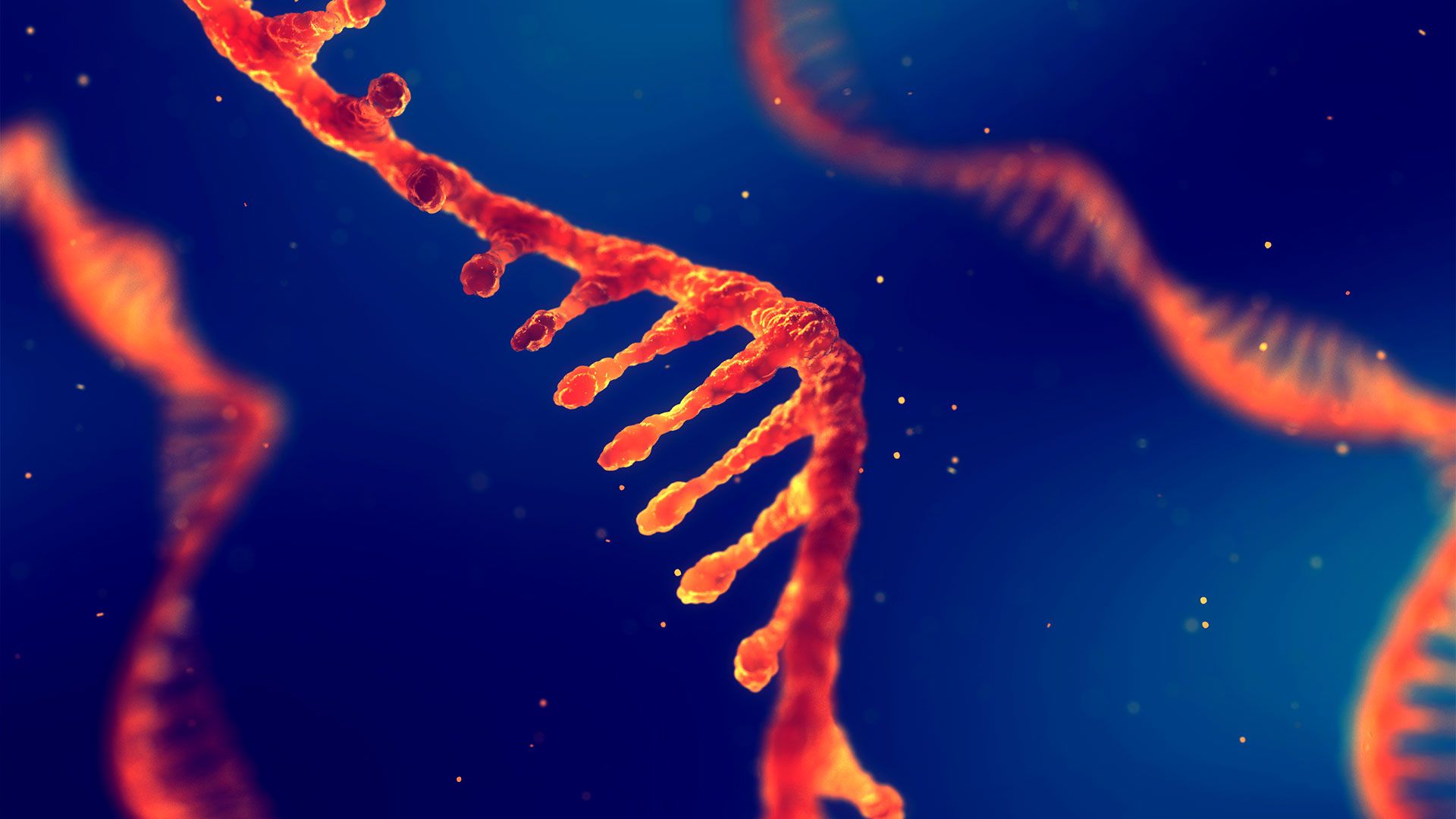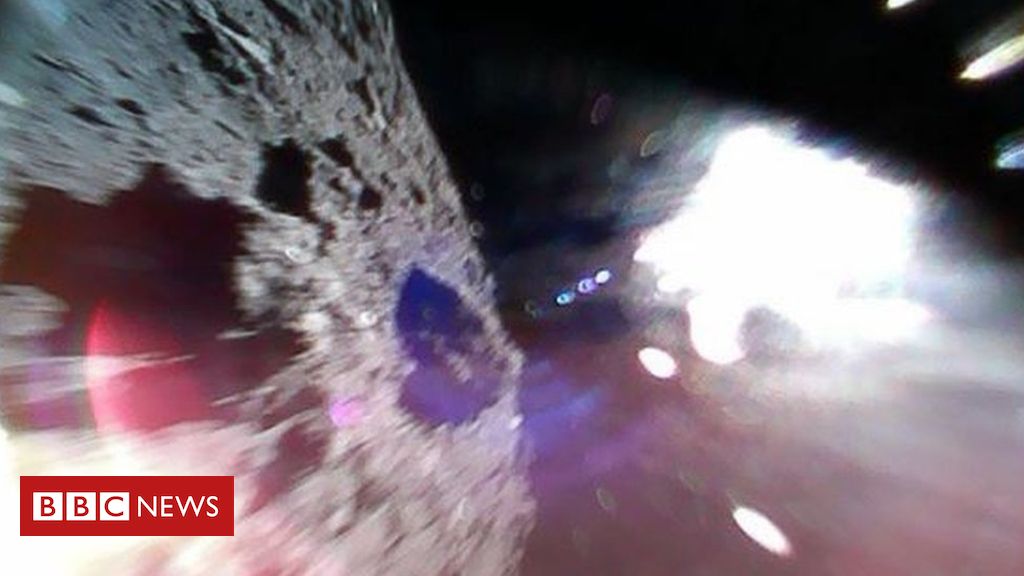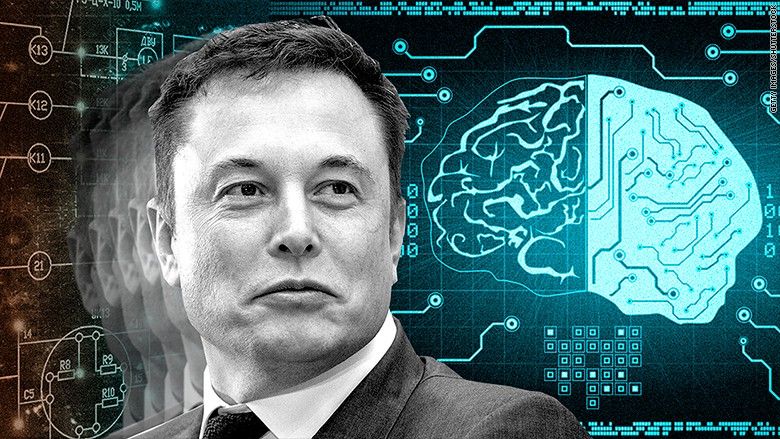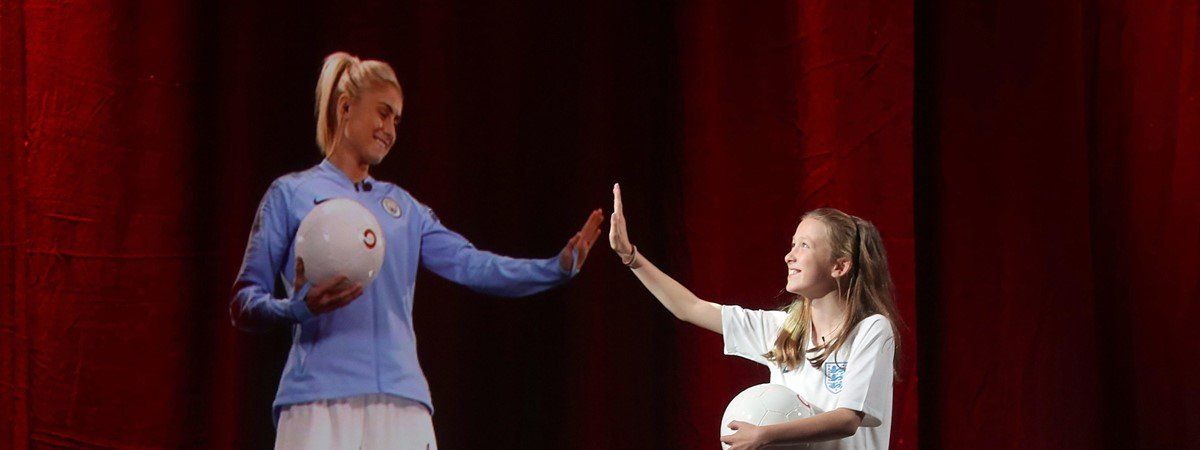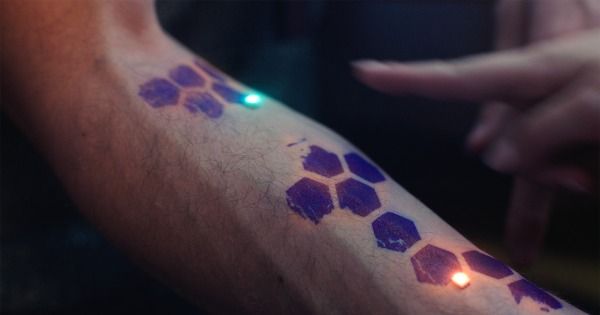Page 9511
Sep 22, 2018
If We Made Life in a Lab, Would We Understand It Differently?
Posted by Mike Ruban in categories: bioengineering, biotech/medical, evolution, nanotechnology
Only time will tell what new forms life will take.
Joyce seeks to understand life by trying to generate simple living systems in the lab. In doing so, he and other synthetic biologists bring new kinds of life into being. Every attempt to synthesize novel life forms points to the fact that there are still more, perhaps infinite, possibilities for how life could be. Synthetic biologists could change the way life evolves, or its capacity to evolve at all. Their work raises new questions about a definition of life based on evolution. How to categorize life that is redesigned, the product of a break in the chain of evolutionary descent?
An origin story for synthetic biology goes like this: in 1997, Drew Endy, one of the founders of synthetic biology and now a professor of bioengineering at Stanford University in California, was trying to create a computational model of the simplest life form he could find: the bacteriophage T7, a virus that infects E coli bacteria. A crystalline head atop spindly legs, it looks like a landing capsule touching down on the Moon as it grabs onto its bacterial host. The bacteriophage is so simple that by some definitions it is not even alive. (Like all viruses, it depends on the molecular machinery of its host cell to replicate.) Bacteriophage T7 has only 56 genes, and Endy thought it might be possible to create a model that accounted for every part of the phage and how those parts worked together: a perfect representation that would predict how the phage would change if any one of its genes were moved or deleted.
Continue reading “If We Made Life in a Lab, Would We Understand It Differently?” »
Sep 22, 2018
Japan’s rovers send pictures from asteroid
Posted by Alberto Lao in categories: robotics/AI, space travel
Hayabusa-2:! Japan’s space agency (JAXA) has made history by successfully landing two robotic explorers on the surface of an asteroid. The two small “rovers”, which were despatched from the Hayabusa-2 spacecraft on Friday, will move around the 1km-wide space rock known as Ryugu. The asteroid’s low gravity means they can hop across it, capturing temperatures and images of the surface. “Both rovers are in good condition,” the agency confirmed on Saturday…here: https://www.bbc.com/news/science-environment-45598156
Pictures have emerged from the surface of an asteroid after Japan landed two robotic rovers on it.
Sep 22, 2018
Reverse-Engineering Technologists’ Brains
Posted by Ankur Bargotra in categories: bitcoin, engineering, internet, robotics/AI
Should we trust technology experts? We live in times of incredible innovations and impressive complexity. The last 30 years of technological development overturned our society, and the next 30 will likely reshape the foundations of what it means to be human. Machines have been the wealth engines of our industrial modernity, while data control and artificial intelligence will structure the power battlefields of this century.
It’s not hard then to understand why technologists, computer scientists, engineers, tech-entrepreneurs, IT experts, data analysts, etc — dress the status of champions in our age. They are shipping us into the wonders of Web 3.0, Industry 4.0, 5G communications, the blockchain transition, the G (eneticengineering). R (obotics). AI. N (anotechnologies) Revolution…and another thousand of cryptic acronyms forbidden to ordinary mortals.
We are flooded with tech-narratives. Let’s start by playing with our imaginations. What does naturally come to your mind if I say:
Continue reading “Reverse-Engineering Technologists’ Brains” »
Sep 22, 2018
Vodafone demonstrates holographic calling over 5G network
Posted by Klaus Baldauf in category: internet
Sep 22, 2018
Extreme biohacking: the tech guru who spent $250,000 trying to live for ever
Posted by Lilia Lens-Pechakova in categories: bioengineering, biotech/medical, business
Very interesting article on the ideas and daily life of the businessman and biohacker Serge Faguet.
Silicon Valley millionaire Serge Faguet thinks pills, injections and implants will turn him into a superhuman. Could they?
Sep 22, 2018
Glimpse: On the Promise of a Future with Artificial Wombs, and Why It’s Being Stopped by the Present
Posted by Klaus Baldauf in categories: biotech/medical, genetics, transhumanism
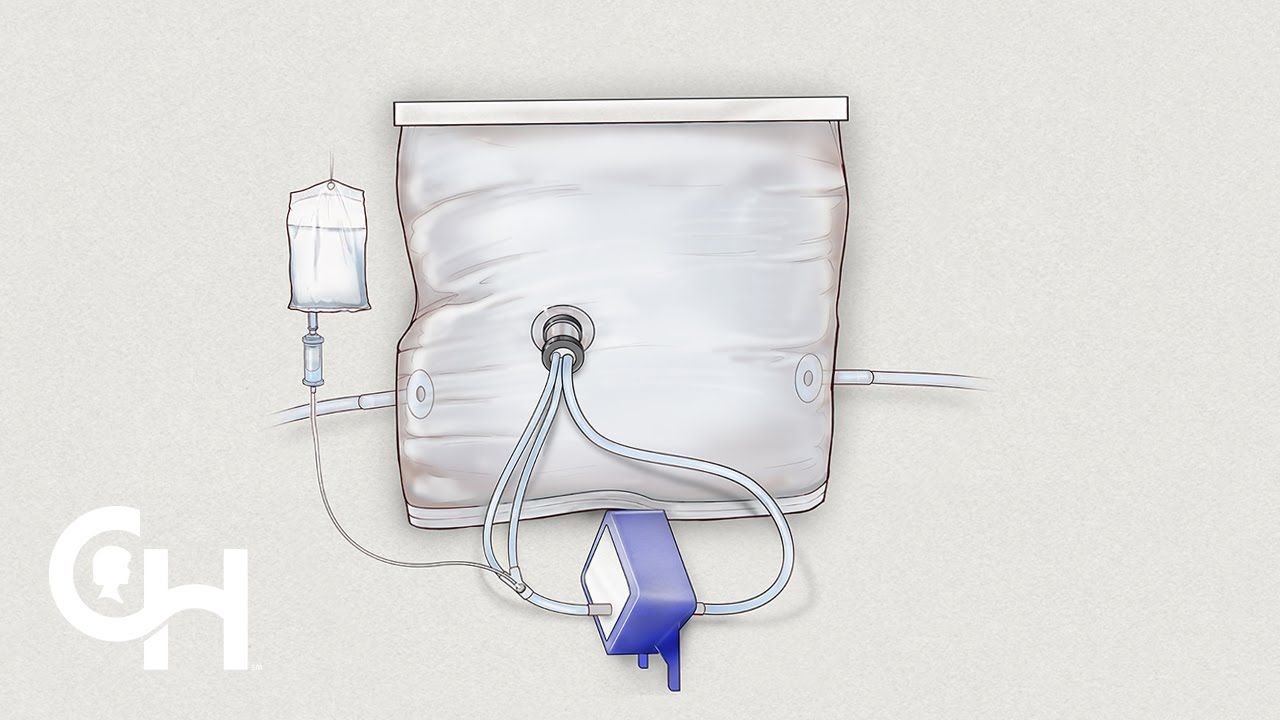
Given the speed at which reproductive technology has advanced over the past few decades, it doesn’t feel all that far-fetched: A future in which anyone can have a baby, regardless of creed or need, whenever they feel like it. Already, in our present moment, one can buy or sell eggs and sperm; we can give embryos genetic tests to ensure the children they produce don’t have any life-threatening hereditary conditions; and babies can even be born, now, with the genetic information from three parents.
So it follows that we should soon be able to to have pregnancy outside the body — artificial wombs. R ight?
Sep 22, 2018
Glimpse: How Electronic Tattoos Will Change The World — And Ourselves
Posted by Klaus Baldauf in category: 3D printing
Engineers have invented a new kind of 3D printer that can print electronic tattoos directly on your skin. Here’s how we’ll use it.
Sep 22, 2018
Product: You can start inputting and controlling your Bluetooth enabled devices now!
Posted by Klaus Baldauf in category: futurism
Sep 22, 2018
David Sinclair — Can NMN Reverse Aging?
Posted by Cathy Miller in categories: biotech/medical, computing, life extension
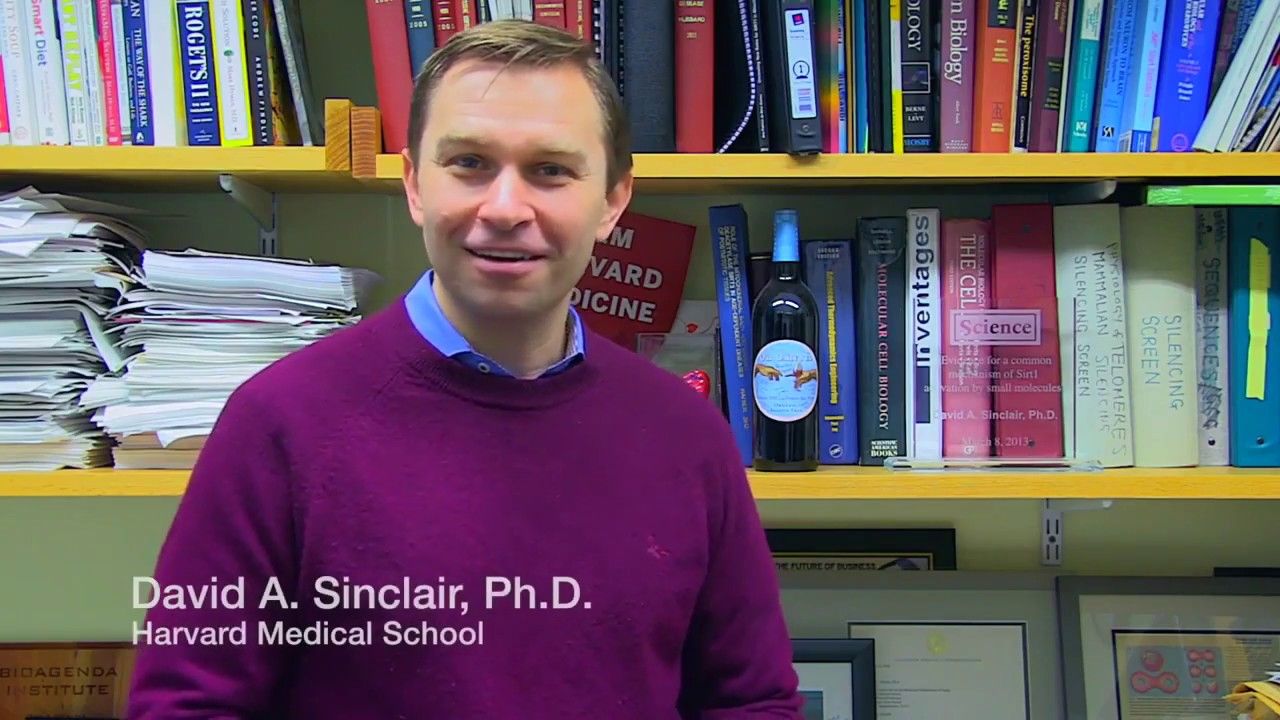
DONATE TO CAMPAIGN ► https://goo.gl/kfGdnh
Original Video ► https://goo.gl/YrjnLa
Website ► https://www.lifespan.io/
Continue reading “David Sinclair — Can NMN Reverse Aging?” »

